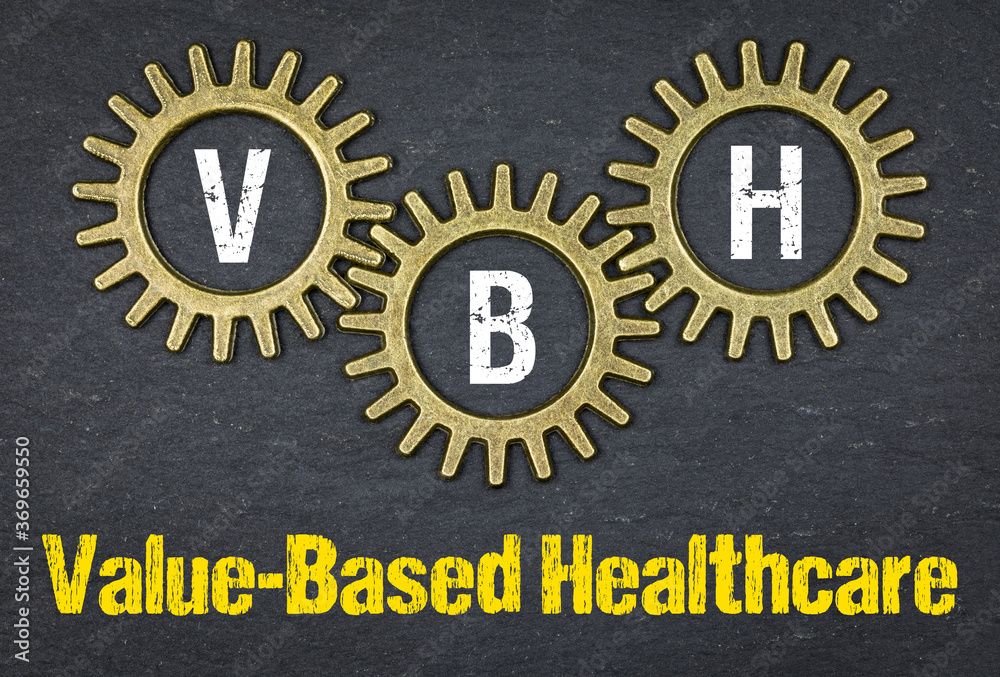Article
In the age of data, performance transparency is the new norm
Author(s):
The more understandable and accessible the information, the better.

It’s a data-rich world out there. From increasingly detailed claims required by payers to EHR notes provided by physicians and nurses, there is a lot of data that could be used for quality measurement and comparison. Insurance companies, employer groups, and consumers are all interested in understanding the quality-level of care they receive for the price they pay. The more understandable and accessible the information, the better.
Providers themselves want to know how they compare to others-and since all healthcare is local, they are keenly interested in regional comparisons, especially if they compete for patients. Physicians are motivated and inspired by a sense of professional pride and reputation. When a physician compares his or her performance to that of others and realizes that someone else is doing better on some measure, the first response is want to learn from them and know what steps to take to improve.
Moreover, providers that do worse in certain areas are at a disadvantage in negotiating contracts with purchasers or are entirely cut out from narrow provider networks. Many payers reward a high level of performance, be it individual clinical targets or composite scores such as star ratings.
Importantly, physicians want to refer patients to other high-quality providers, be it a rehabilitation facility, a hospital, or a nursing home. Performance transparency matters: from staffing hours to surgical complications to doctor communications ratings, these measures may very well influence patient outcomes as well as care costs.
This is why provider performance transparency is so critical: A rising tide lifts all boats, so with each provider’s performance improvement, healthcare will get better overall.
Patients also have access to multiple sources of provider performance data, ranging from government databases to individual patient online reviews. For example, the CMS databases report care quality and performance measures for hospitals, rehabilitation facilities, and long-term care providers. Publically available, this information can reveal strengths and weaknesses of providers and help patients better understand degrees of provider quality. Educated consumers are motivated to research care options specific to their diagnoses and demands and are looking for high-quality patient experience, high safety ratings, low mortality and readmissions, and effective care. However, these websites are difficult to interpret and do not provide direct comparisons that consumers can easily use and share with family members and friends.
Even as all stakeholders need reliable, accessible, and timely comparative information, receiving the latest performance data in a way that is easy to understand has not always been straightforward. Traditional benchmarking techniques in use over the past few decades are less than ideal. Manual comparisons of multiple measures are cumbersome and time-consuming, and the insights are limited because people can manually benchmark only so many performance measures. Moreover, as stated in a 2016 National Academy of Medicine article: “Research has demonstrated that many of the current public reports make it cognitively burdensome for the audience to understand the data.”
Today, the task is made easier through automation of benchmarking with artificial intelligence (AI). AI enables a search within a very large space of possibilities, both measures and comparison groups (a similar facility type, regional, national or a custom benchmarking group). Software can answer questions about how each provider is performing over time, how the performance compares to others like it, and what other highly related measures are important to reveal. Automation enables regular, inexpensive updates of performance comparisons, encouraging ongoing consideration of improvement opportunities and achievements.
When a busy physician practice, hospital, or nursing home can find out where it excels and where it needs to improve, how it has changed over time, and where it is “best in class” as compared to other providers-without having to do frequent, manual benchmarking audits-it is empowered to take action to improve. And consumers who can easily access meaningful comparative benchmarking can be truly informed shoppers.
As value-based care models continue to expand, transparency will elevate performance among all providers for a betterment of the industry in the form of efficiency and improved outcomes. As 2019 revs up, it is commendable to set a goal of eliminating performance blind spots and seeking a better view of the quality-care horizon.
Christine K. Cassel, MD, is a visiting professor at the University of California, San Francisco, and an advisory board member of OnlyBoth Inc.She was part of the group that wrote To Err is Human in 1999 and Crossing the Quality Chasm in 2001 that brought attention to patient safety in the U.S. Dr. Cassel also served on the presidential commission that created the National Quality Forum (NQF) a few years later, and then came to serve as CEO and President of NQF in 2013.





